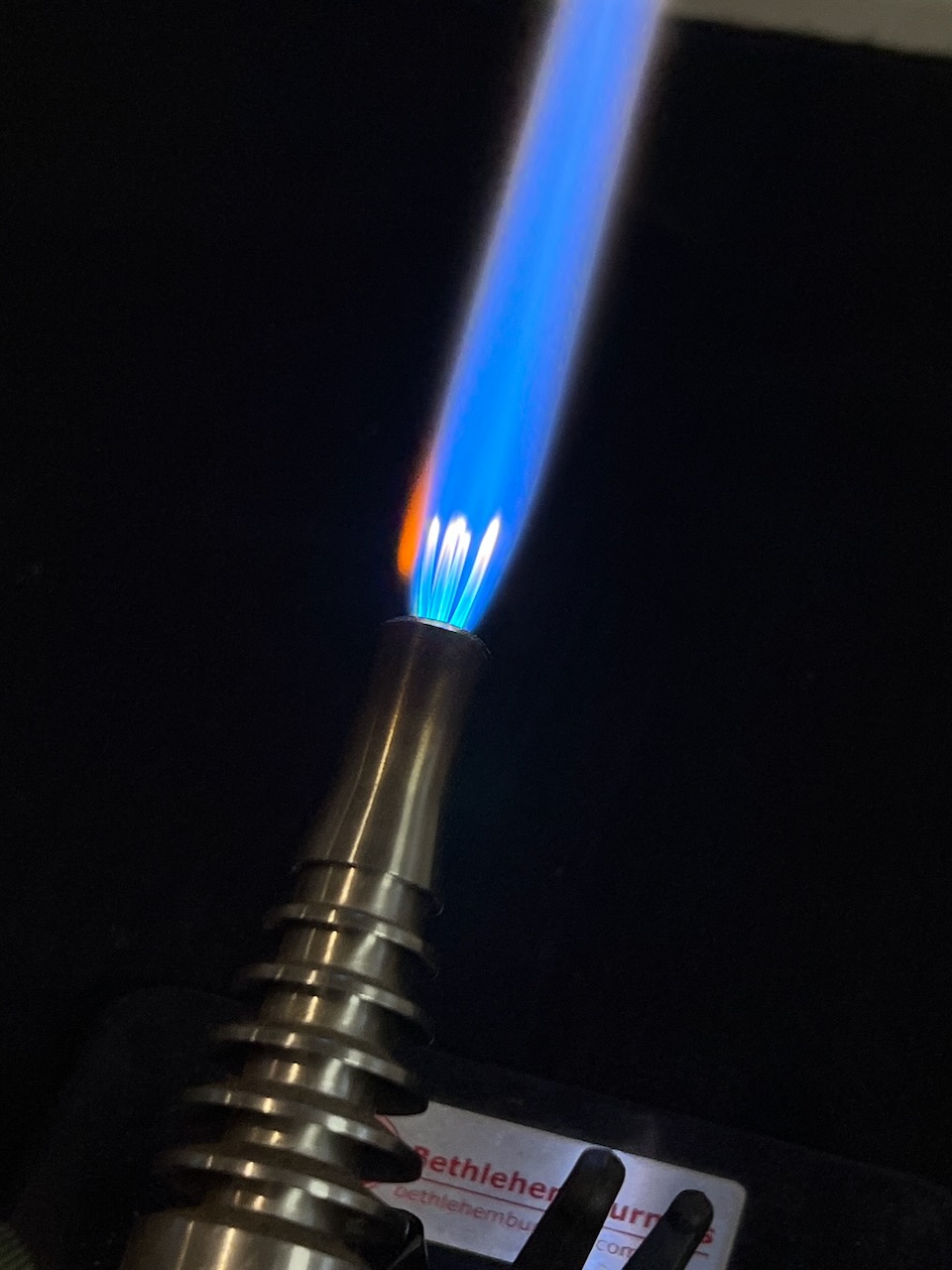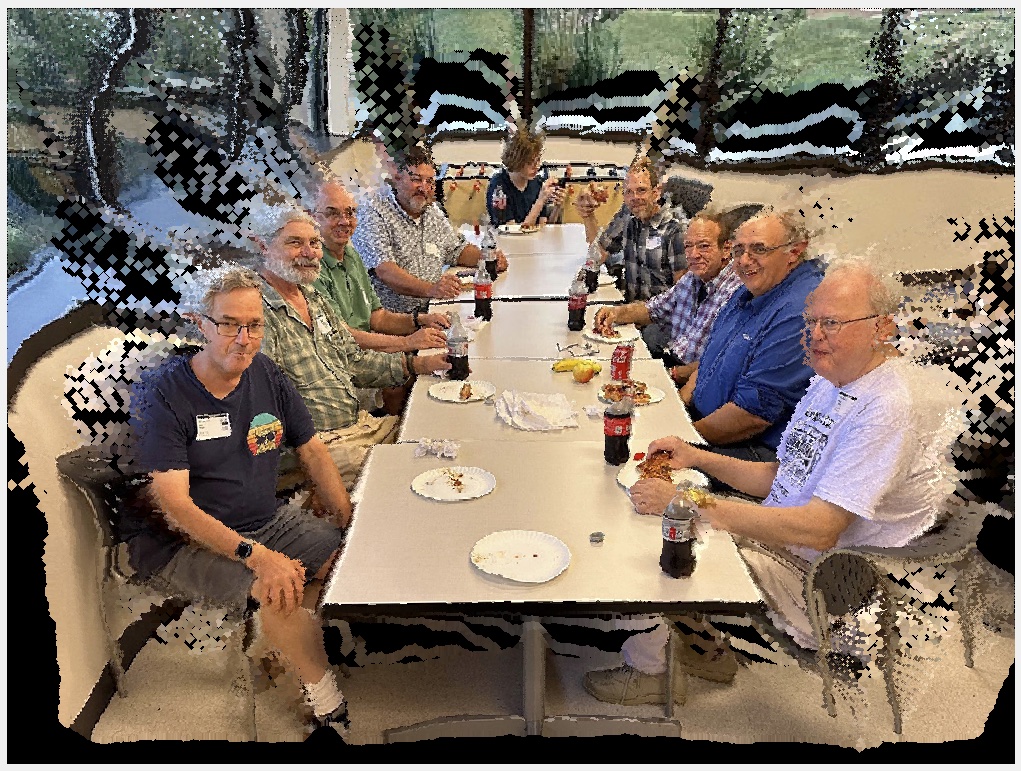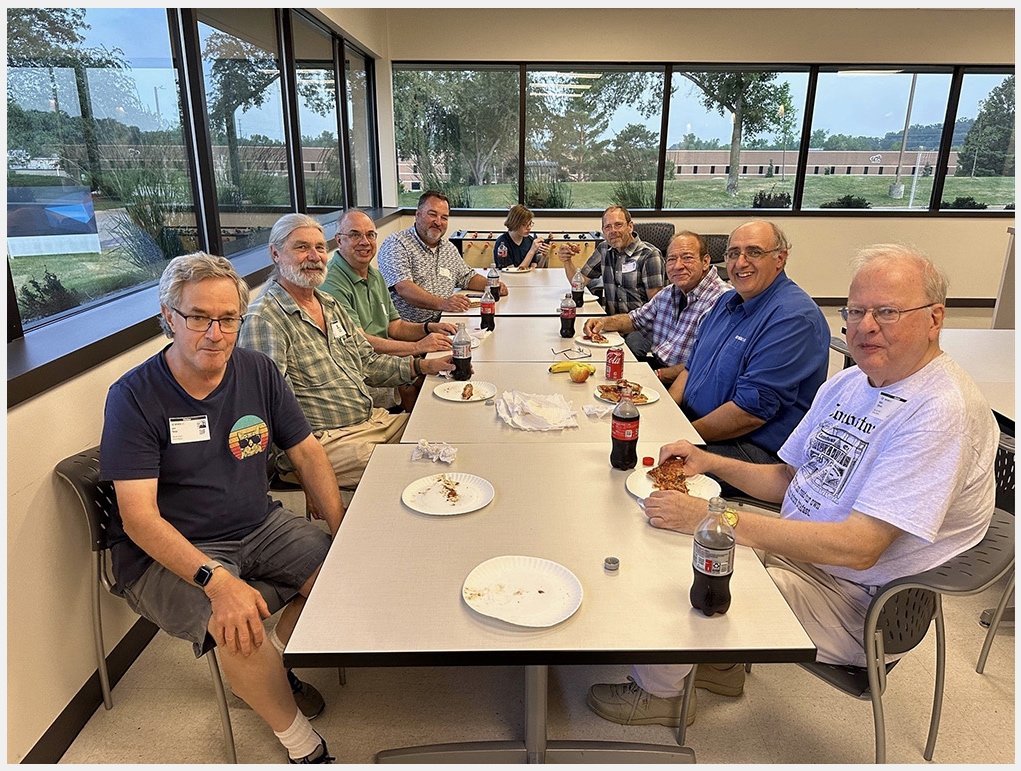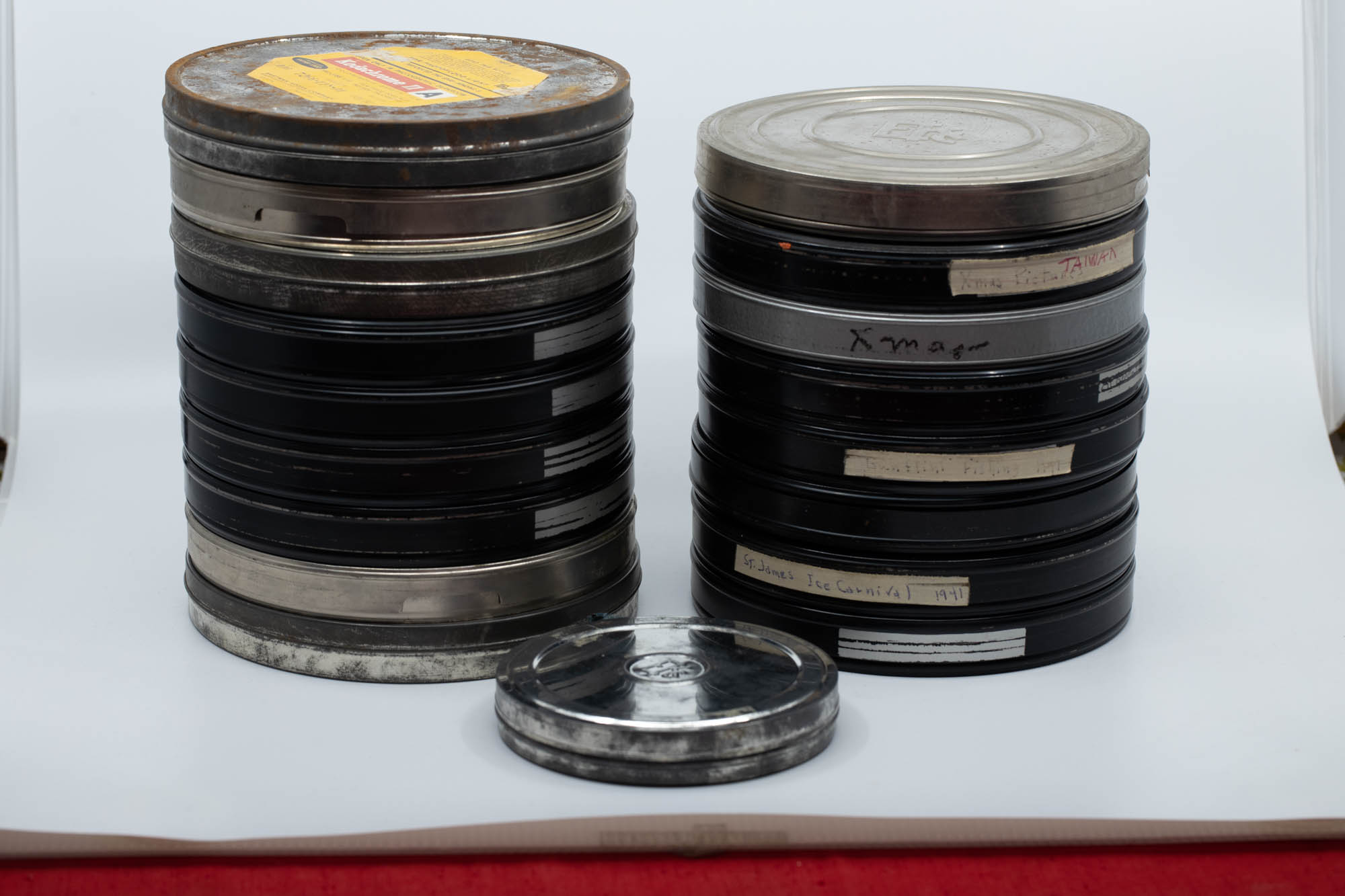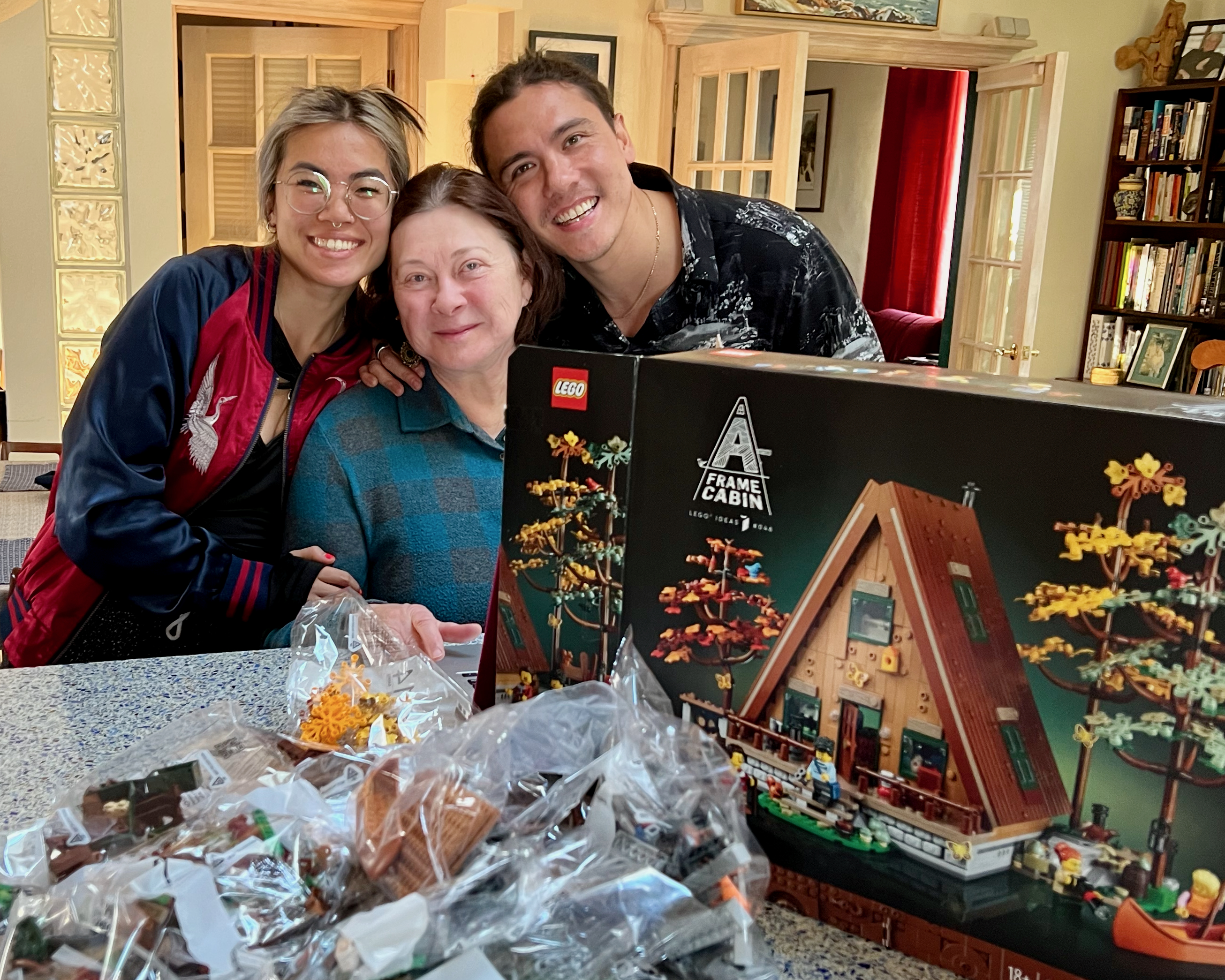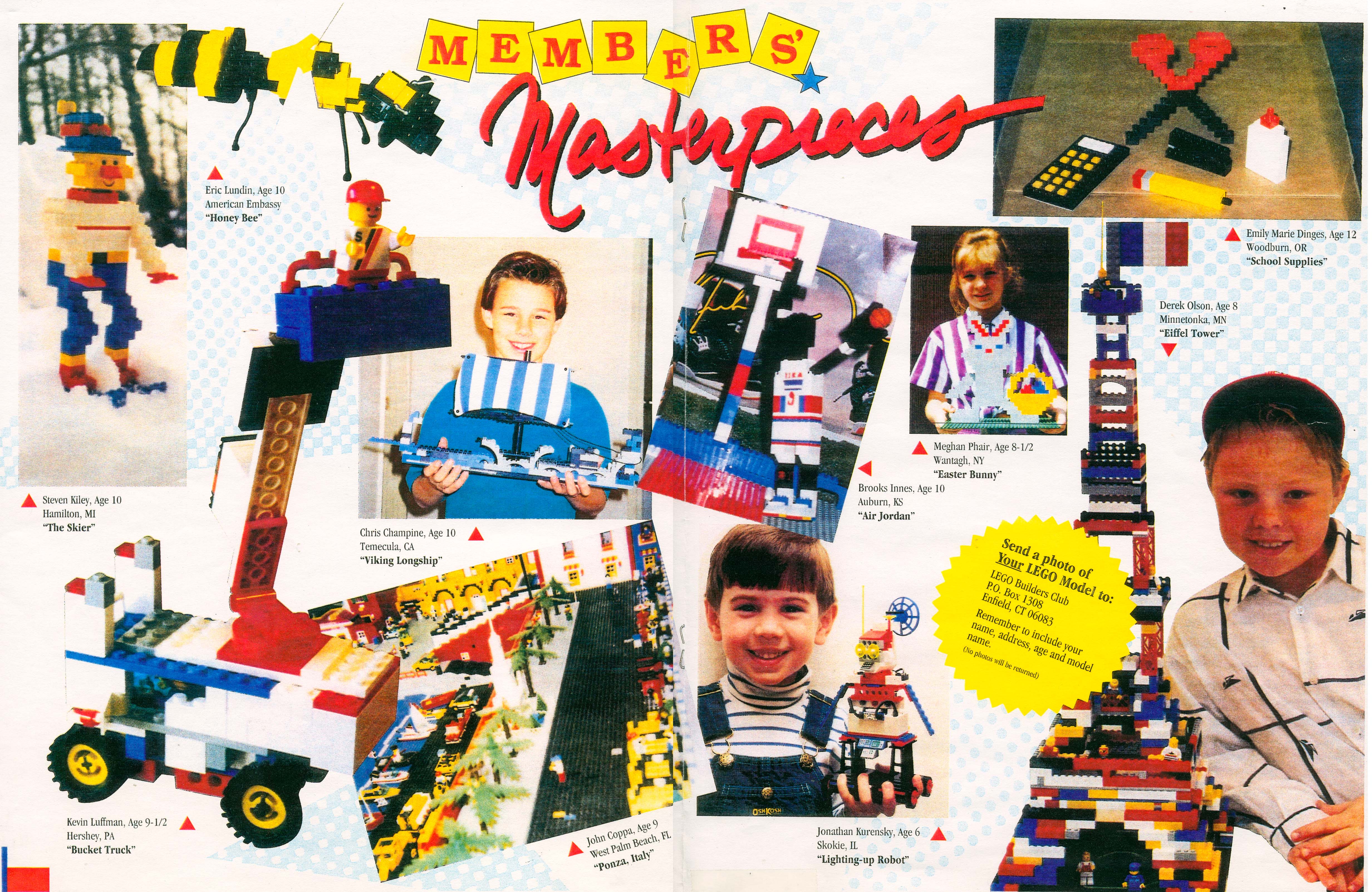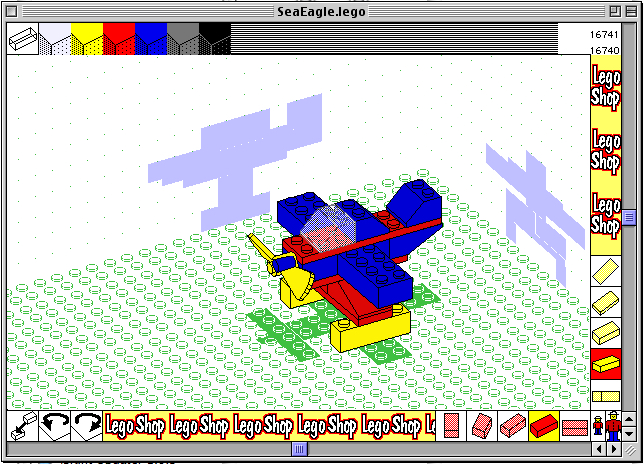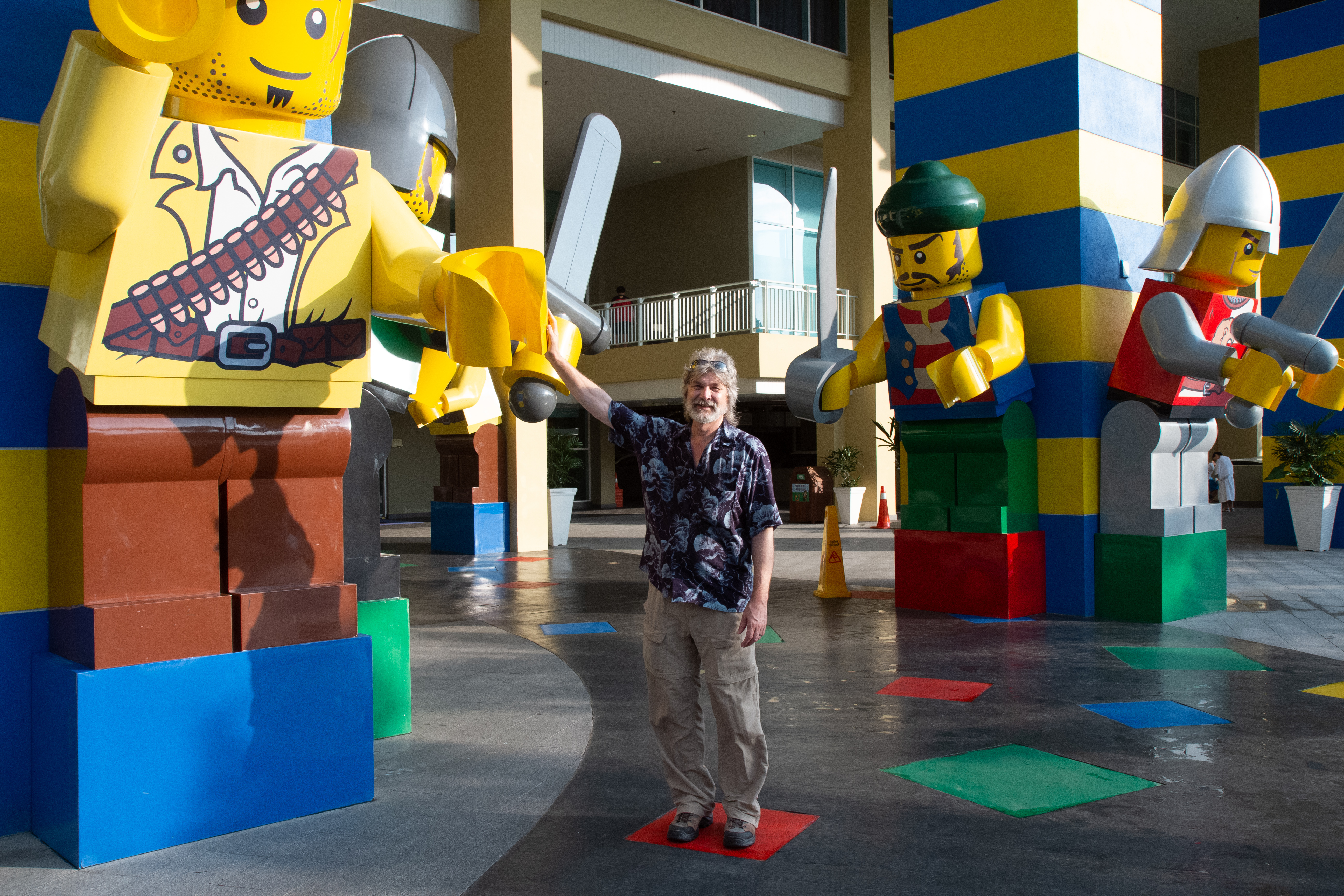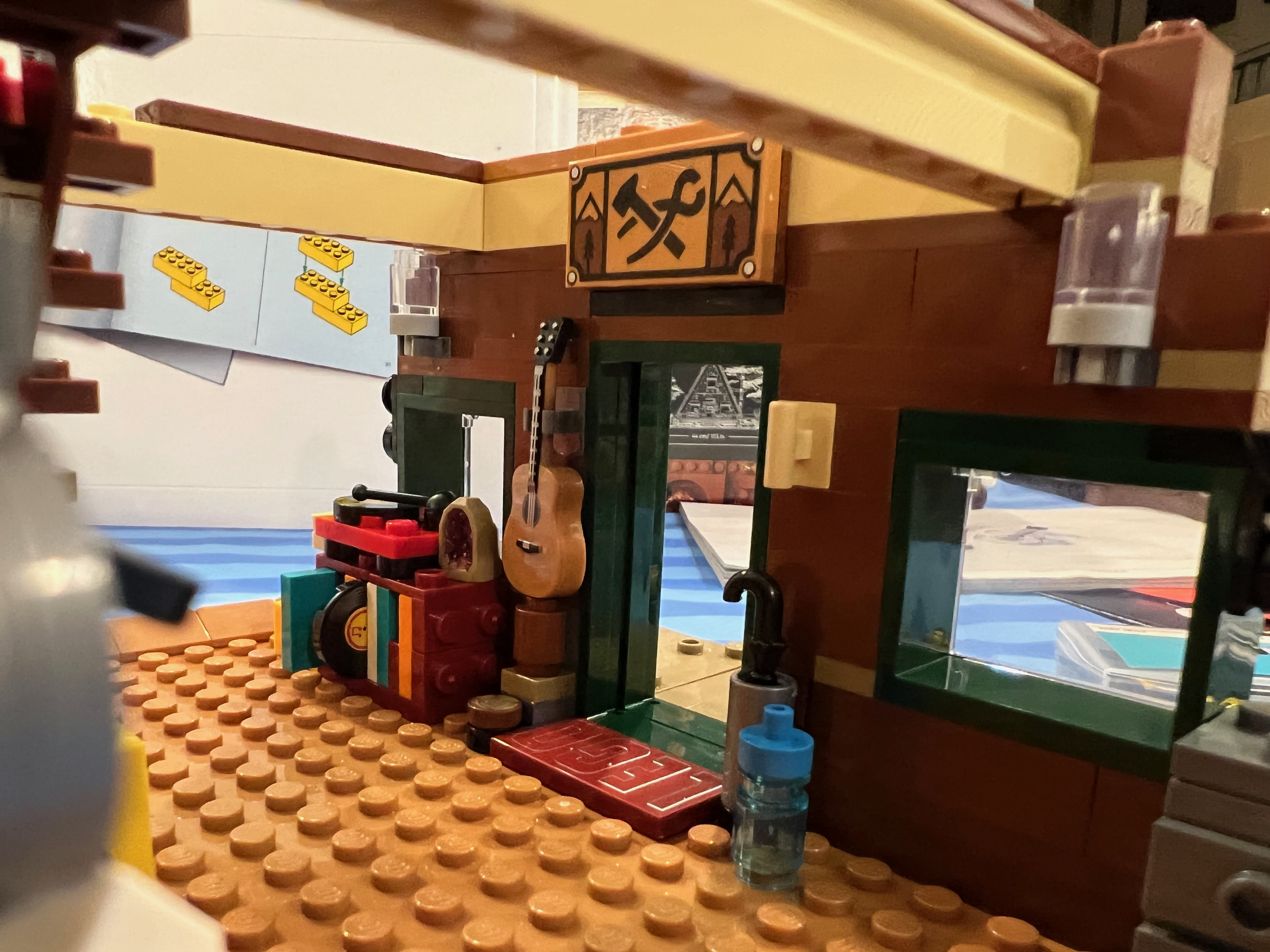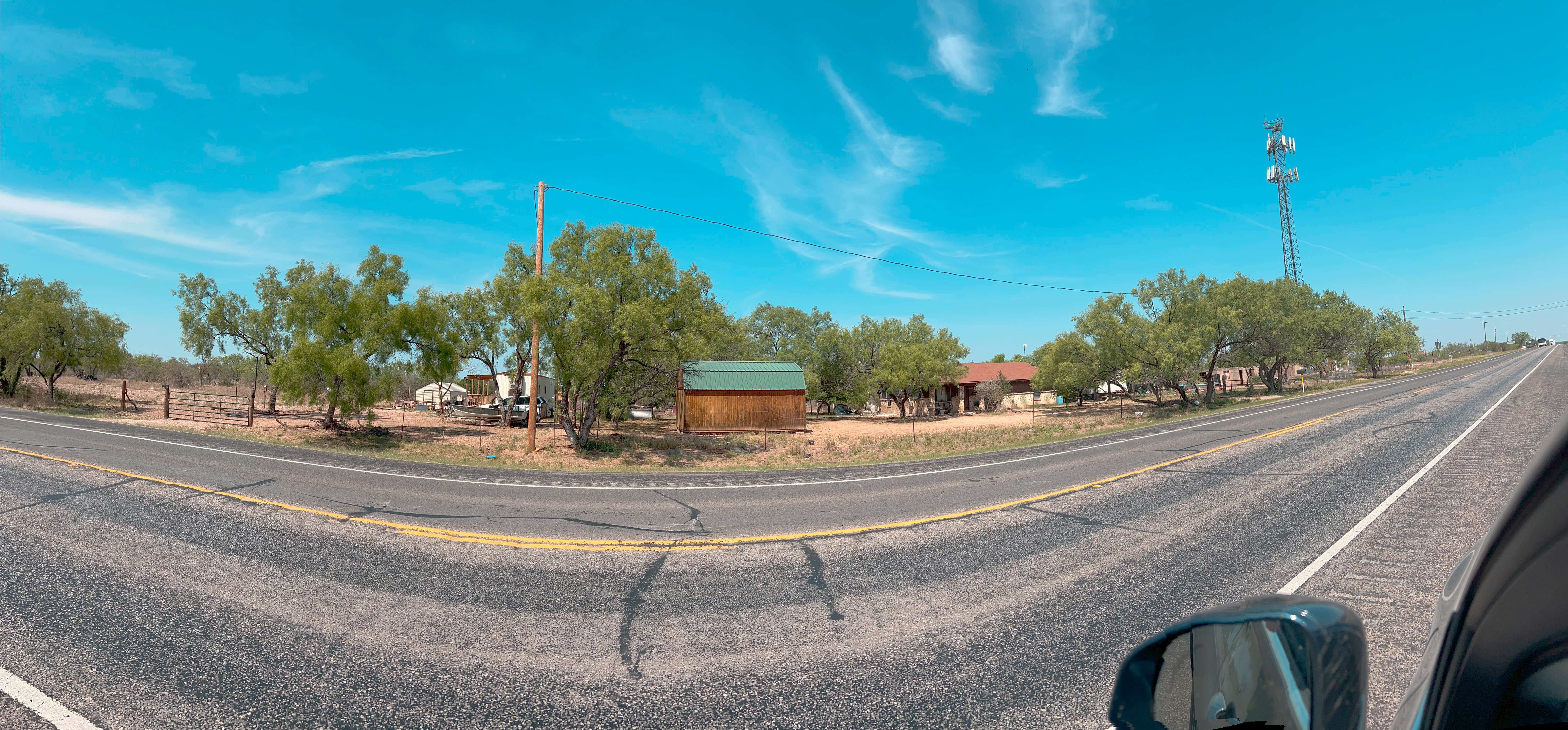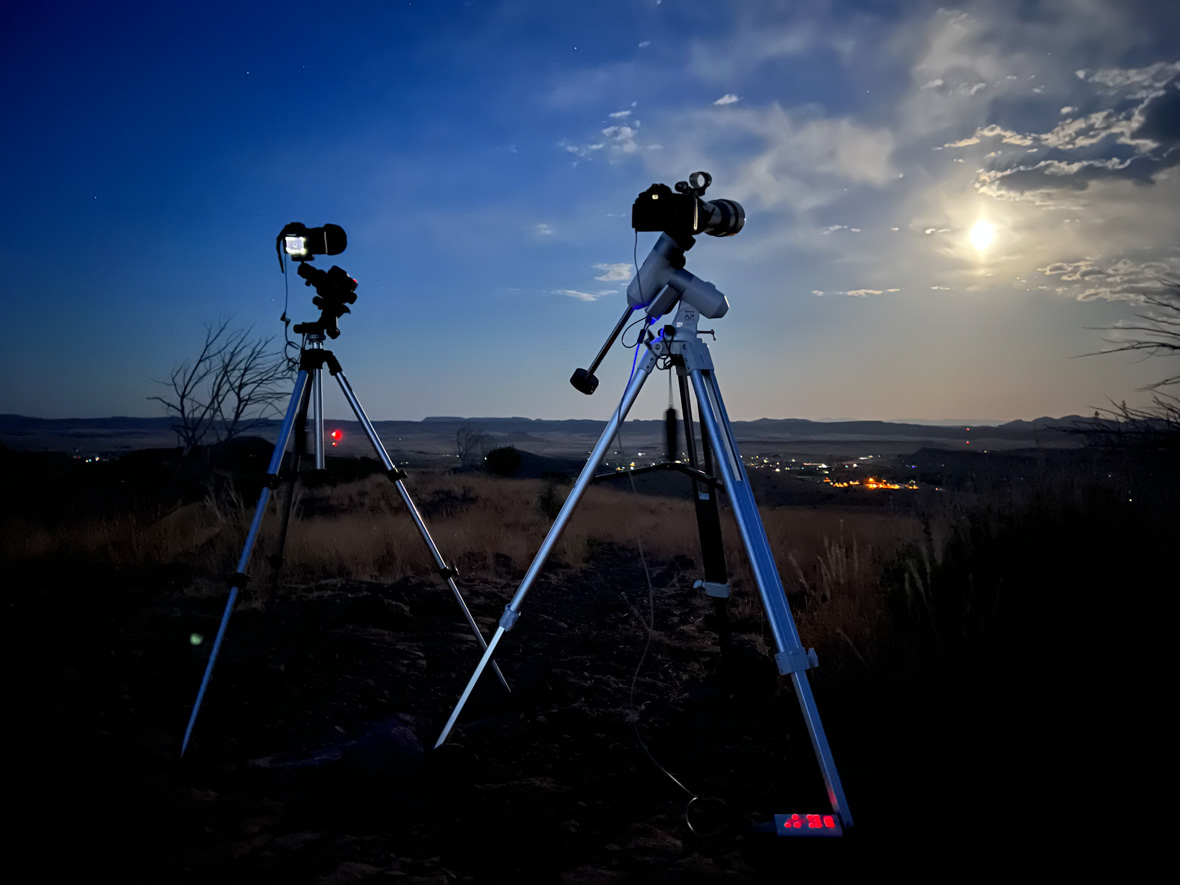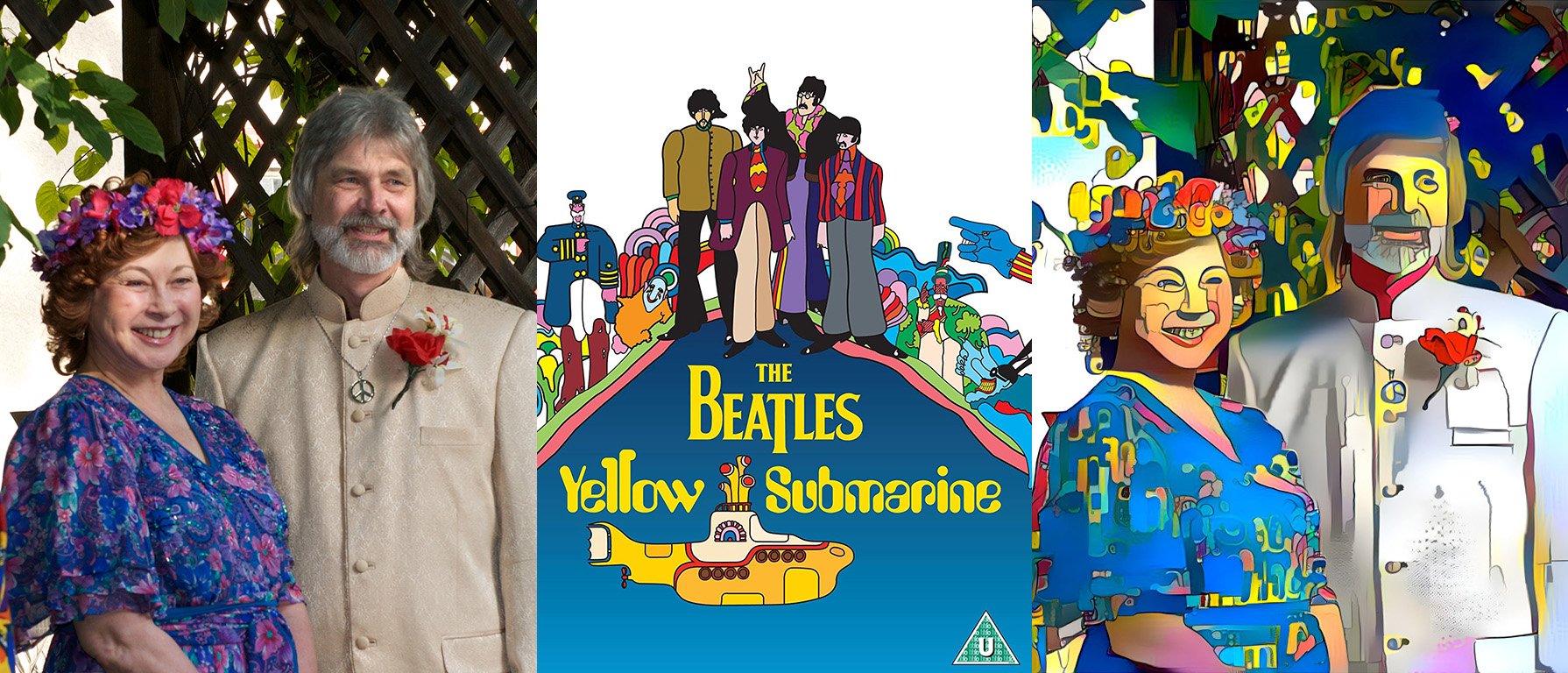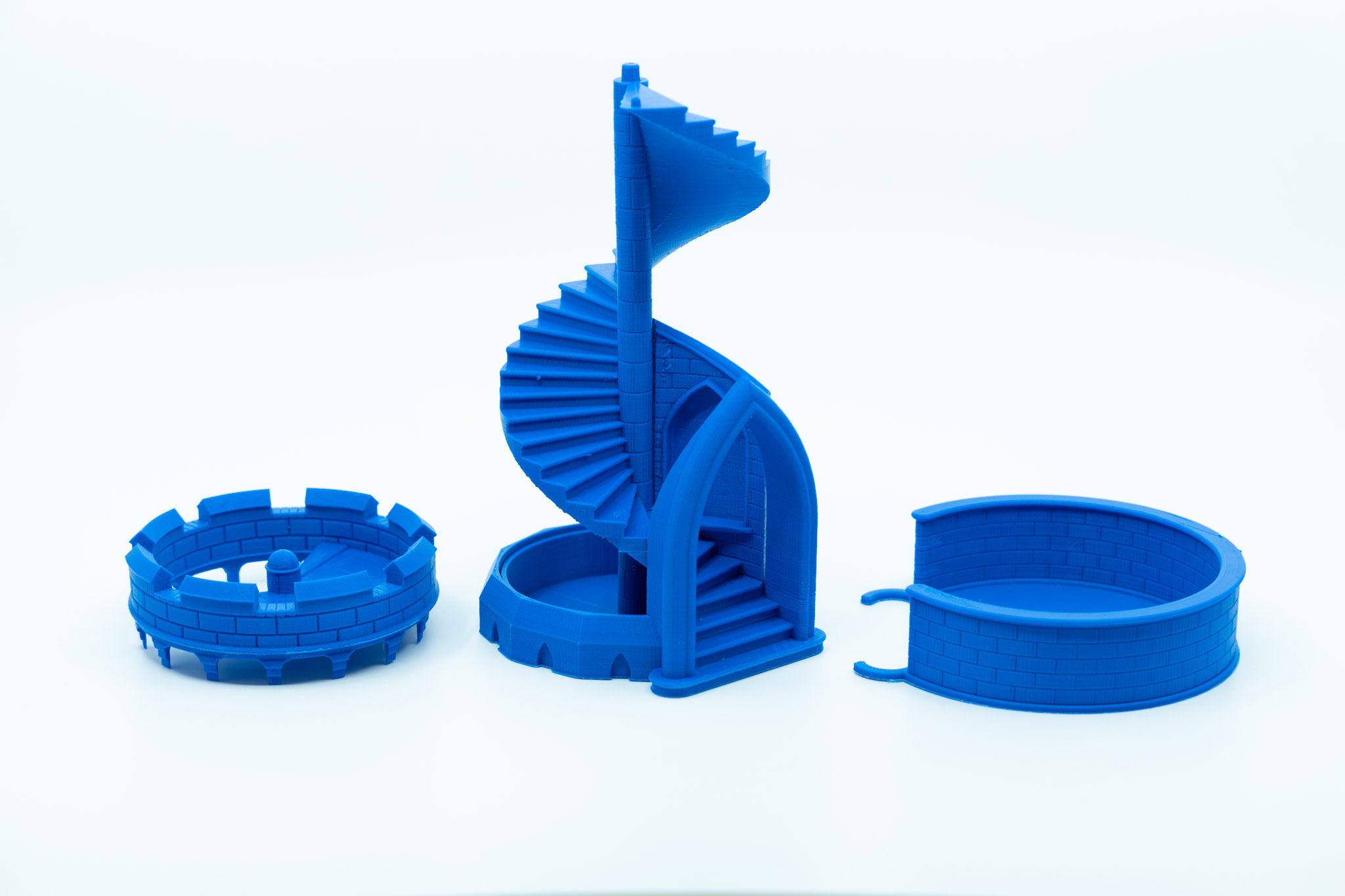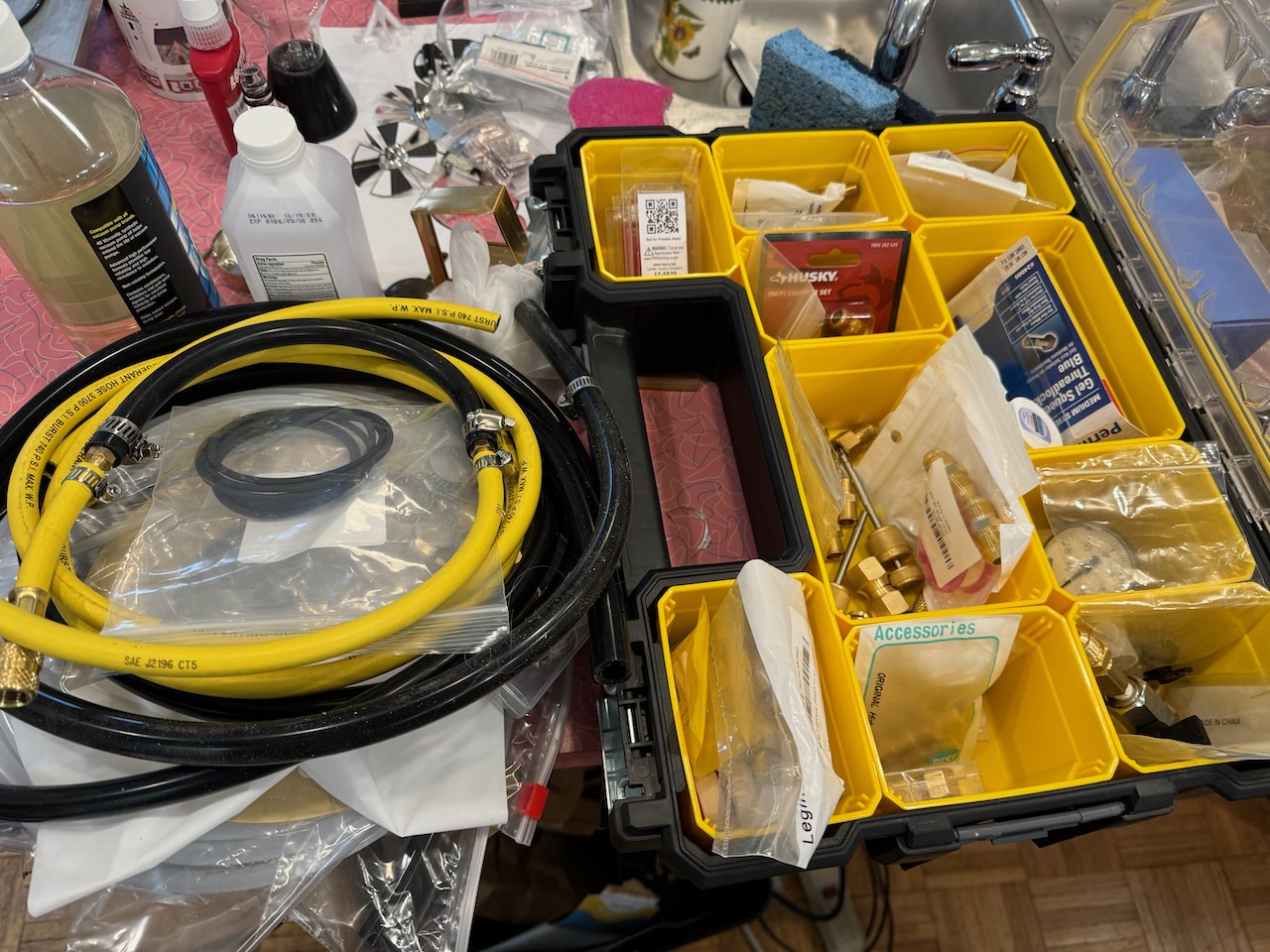
My idea of creating a vacuum was terribly simplistic. Just run a pump until you reach your desired vacuum, right?. Well… I learned that there is much more to it.
First, there are different degrees of vacuum, categorized by how difficult it is to attain them. The easiest can be obtained by a mechanical pump, a piston, or equivalent, pushing air molecules from the chamber to the outside, essentially a reverse bicycle pump. It is possible to remove 99.9% of the air molecules and a few more, but that still leaves too many for the cool vacuum electron effects like neon signs, nixie tubes, and for audiophiles, amplifier tubes.
The mechanical vacuum pumps can’t reach those levels; more exotic pumps are needed, but they can get close to where radiometers operate, which is my interest. So following the advice of expert friends, I acquired a pump that, in principle, could reach the level of vacuum I needed: 50 microns (a micron of mercury air pressure is 1/760 thousandth, call it a millionth, of standard atmosphere). The pump model I bought is commonly used by the HVAC industry, where air conditioning units need to be evacuated before charging them with refrigeration working fluids (Freon, etc.). They can reach the 50 micron vacuum level internally, but if you connect it to a real world vacuum chamber, there is a myriad of “leaks” that will prevent getting there.
I found this out by trial and error. I found that the hoses, fittings, and gauges from the HVAC world were not cheap, but there is a market to keep them reasonably affordable to the industry’s practitioners. Vacuum-rated hoses, gauges, valves, and fittings (the connectors between vacuum elements that minimize leaks), are hard to make. And they all seem to have their own connection systems. I learned about “flare” fittings, “nominal pipe thread” and tapered thread, acme threads, o-rings, and a bunch of other methods for connecting things and trying not to leak air molecules.
Continue reading
